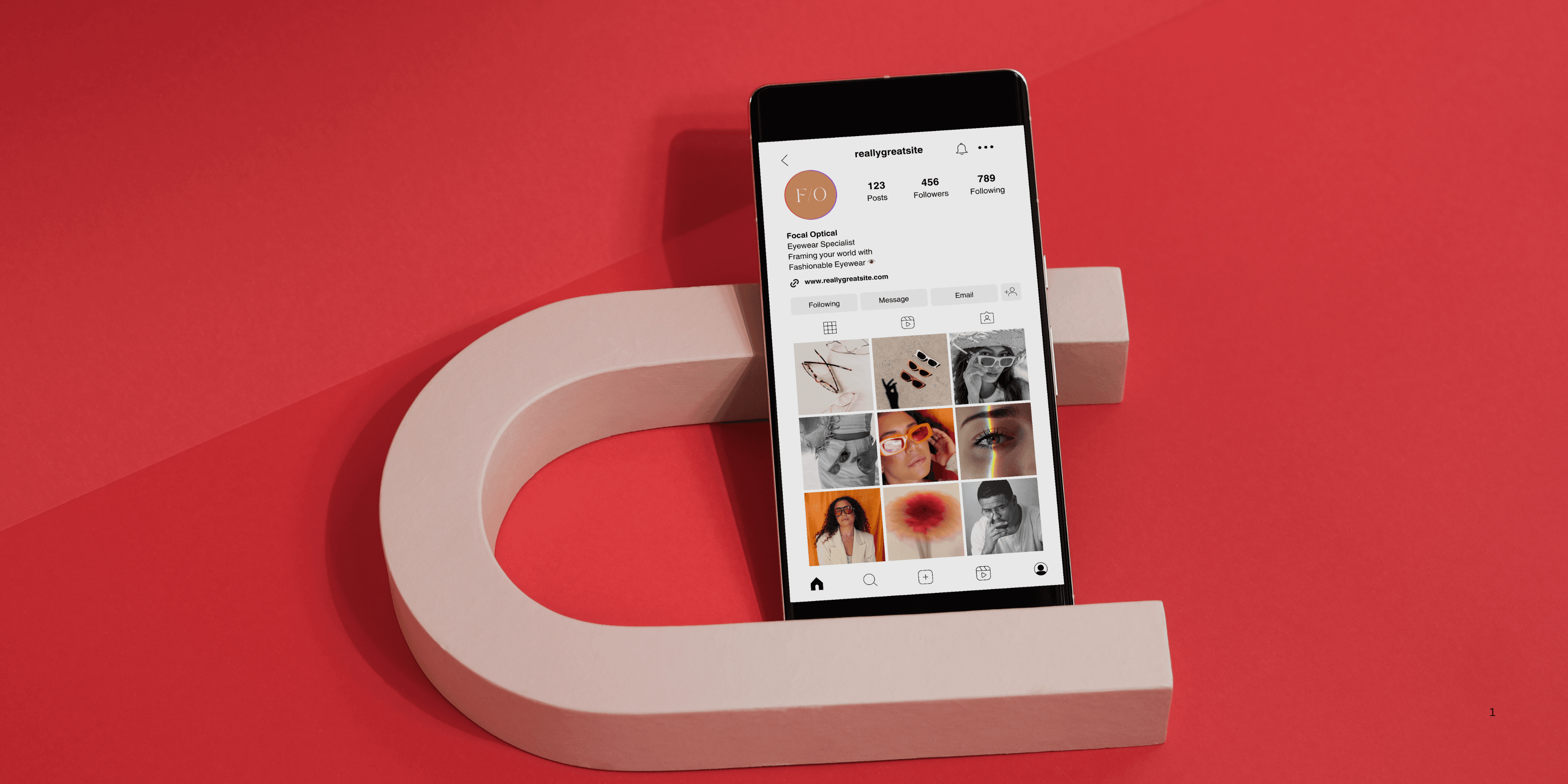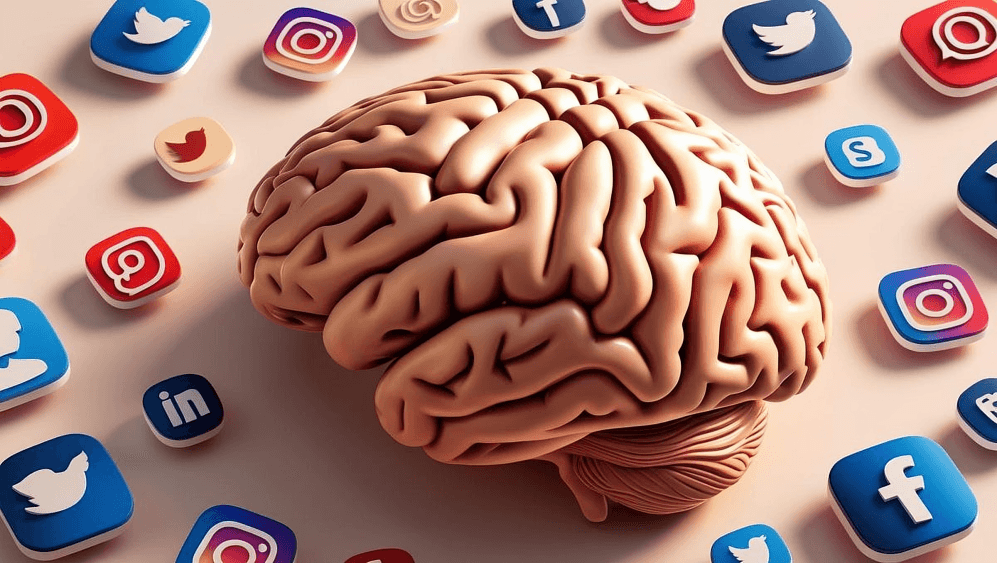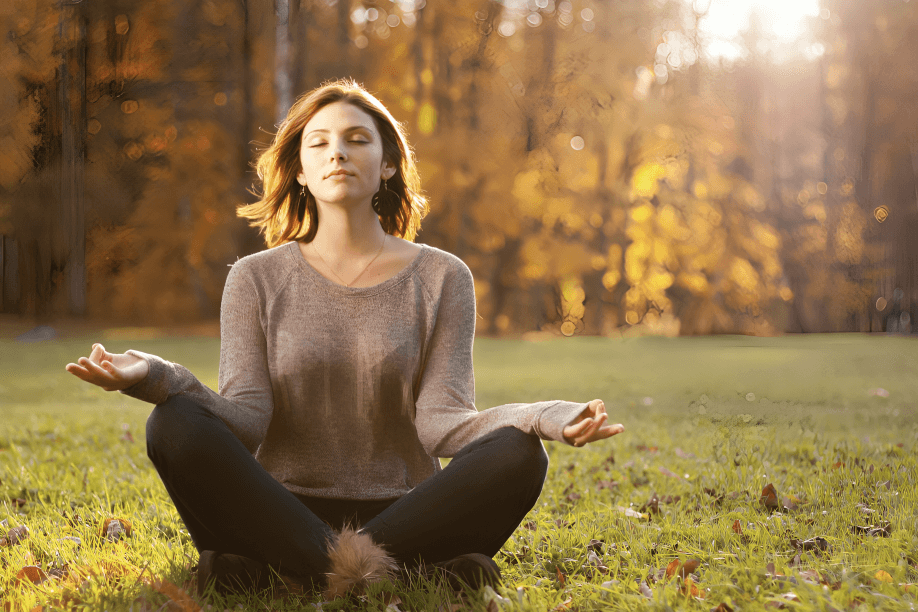
“
Dopamine and social media are deeply connected in shaping our online behavior. Dopamine, a chemical in the brain linked to pleasure and reward, plays a key role in how we interact with likes, comments, and shares. Social media platforms are designed to trigger dopamine releases, making users crave engagement and return frequently. 1
1
”
Philosophers believe technology alters human nature; social media taps into dopamine systems, shaping how we seek approval and socialize, subtly reprogramming emotional expectations through digital reinforcement loops. 1
Social media platforms are intentionally designed to exploit dopamine pathways, using attention-grabbing alerts, colors, and animations to trigger quick pleasure responses and keep users engaged longer than intended. 2

Dopamine isn't just released after rewards—it’s triggered in anticipation. Just expecting a message or notification makes the brain crave it, pulling users back compulsively to check their phones.
The unpredictability of notifications mimics slot machine mechanics. Dopamine spikes more when rewards are random, making users more addicted to checking social apps even without consistent feedback. 3
Scrolling endlessly triggers continuous micro-rewards. Each new post or video creates a small dopamine surge, keeping users hooked by offering unpredictable, never-ending stimulation across timelines or feeds. 4
Getting tagged in posts or receiving friend requests creates a sense of importance and connection. This social validation produces dopamine bursts that condition the user to seek more. 5
Sharing content becomes a loop. The moment someone posts a photo, dopamine fuels anticipation of likes and comments, reinforcing a cycle of posting for emotional gratification. 6
Over time, users can become less sensitive to dopamine triggers. What once brought excitement starts feeling dull, leading to more frequent use or riskier behavior online to feel engaged. 7
Social media can change natural dopamine patterns. As the brain adapts to digital stimuli, offline pleasures may become less satisfying, diminishing motivation for real-world interactions and experiences. 8

Practices like mindfulness or setting screen limits help reduce dopamine overstimulation from social media. They help the brain reset and reduce unconscious urges to check devices constantly.
Users often experience withdrawal when separated from apps. Without dopamine surges, feelings of boredom, restlessness, or anxiety emerge, similar to symptoms seen in other behavioral dependencies. 9
Teen brains are more sensitive to rewards, making them more vulnerable to dopamine-driven feedback loops on social media. Constant interaction can mold habits into long-term psychological patterns. 10
Push notifications are dopamine triggers disguised as updates. Their sudden appearance excites the brain, urging immediate response and reinforcing a constant loop of checking and engaging. 11
Fear of missing out—FOMO—keeps users coming back. The idea that something exciting is happening without them triggers anxiety, compelling more app checks to soothe the brain. 12
Dopamine makes likes feel meaningful. Each one symbolizes approval, making users feel seen or accepted, encouraging more posting and deeper emotional investment in digital interactions. 13

Memes, short videos, and quick laughs give instant gratification. The rapid-fire entertainment format boosts dopamine, making it hard for the brain to resist scrolling or stopping.
Social media uses colors like red for alerts to capture attention. These visual stimuli stimulate dopamine and create urgency, tricking the brain into prioritizing app engagement. 14
Checking social media first thing in the morning becomes a dopamine-seeking ritual, setting a pattern that can affect mood, productivity, and real-world connection throughout the day. 15
Games, filters, and challenges on social media provide interactive dopamine triggers. These tools are engineered to spark excitement, boosting short-term happiness while subtly increasing long-term engagement. 16
Philosophers and doctors agree—true freedom begins with self-awareness. Knowing how dopamine controls social media habits empowers people to choose intentional use over compulsive scrolling and mental health. 17


